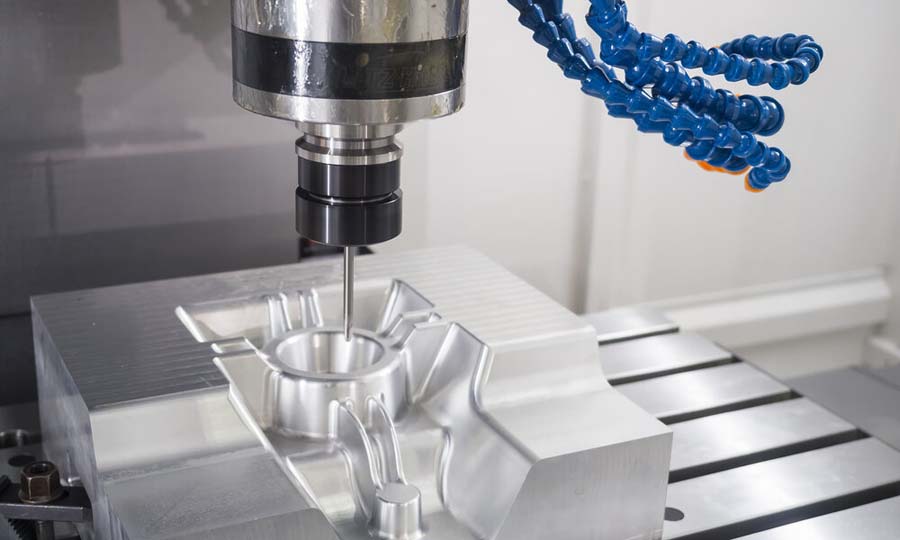In modern manufacturing, dimensional accuracy is one of the crucial factors in ensuring the quality, performance, and reliability of components. Whether in aerospace, automotive manufacturing, medical equipment, or electronics, high-precision parts play an indispensable role. Therefore, to meet the continuously growing market demands, the manufacturing industry must focus on achieving high dimensional accuracy. To achieve precision in part machining, several methods can be employed.
Method 1: Choosing the Right Machining Equipment
In part machining, selecting the appropriate machining equipment is the first step to ensure high dimensional accuracy. CNC (Computer Numerical Control) machine tools are typically considered the ideal choice for achieving precision. These machines can control the position of cutting tools and machining parameters with extremely high accuracy. Compared to traditional manual or semi-automatic machine tools, CNC machine tools offer higher levels of automation and stability, reducing the impact of human factors on dimensional accuracy. Choose the right machining equipment.
Advanced CNC machine tools can provide even higher levels of machining precision and stability. CNC machine tools feature precise positioning and motion control systems, enabling more accurate part machining. Additionally, when selecting machining equipment, it’s also possible to consider using high-precision cutting tools and workholding fixtures to enhance the accuracy of part machining.

Method 2: Optimizing Machining Processes
Process optimization is crucial for achieving high dimensional accuracy. When developing machining processes, careful consideration of cutting speeds, feed rates, cutting depths, and tool selection is necessary. These factors directly impact the dimensions and surface quality of the parts. For example, lower cutting speeds and smaller cutting depths often help reduce thermal deformation and stress accumulation, thus enhancing dimensional accuracy. Additionally, regular inspection and replacement of cutting tools are critical steps in maintaining high-precision machining.
Furthermore, the use of appropriate cutting fluids and optimized process workflows can reduce friction and heat buildup during cutting, improving both the surface quality and dimensional accuracy of the parts.
Method 3: Utilizing Advanced Measurement Techniques
High-precision measurement techniques are essential tools for ensuring dimensional accuracy. Traditional measuring instruments such as vernier calipers and dial indicators may not always meet the requirements. Modern measurement equipment such as coordinate measuring machines, laser measurement instruments, and optical measurement systems offer higher measurement accuracy and repeatability. These devices provide accurate data on part dimensions and shapes, helping manufacturers promptly identify and correct deviations, ensuring that products meet specified dimensional accuracy standards.
Method 4: Establishing an Effective Quality Control System
A quality control system is crucial for ensuring the dimensional accuracy of machined parts. This can be achieved by developing stringent machining process specifications, creating detailed process documents and records, and conducting process monitoring and quality inspections. Additionally, advanced quality management methods can be introduced to enhance the stability and consistency of part machining.
Internal audits and regular quality checks help detect and correct potential issues, ensuring the consistency and stability of part machining. Furthermore, the use of advanced data analytics tools enables real-time process monitoring, allowing for the timely identification and correction of potential problems, thereby ensuring the continuous improvement of product quality.
In summary, high dimensional accuracy is an indispensable element in modern manufacturing. By selecting appropriate machining equipment, optimizing machining processes, utilizing advanced measurement techniques, and establishing effective quality control systems, manufacturers can ensure that their parts meet the highest dimensional accuracy standards. This not only contributes to improved product quality but also helps reduce production costs, enhance market competitiveness, meet customer demands, and ensure the sustainable development of businesses.



